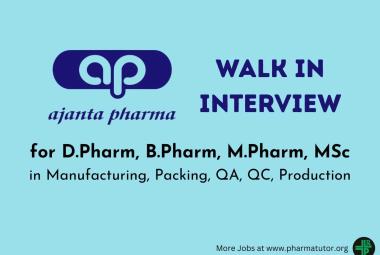ESTIMATION OF SPIRONOLACTONE AND TORSEMIDE IN COMBINED TABLET DOSAGE FORM USING BY MULTICOMPONENT MODE OF ANALYSIS
 About Authors:
About Authors:
Kapil Sharma1*, Subhash Gupta 2, Yogesh Sharma1
1 Yaresun Pharmaceuticals Pvt. Ltd.Jaipur - 302006, Rajasthan, India.
2 Oasis test house ltd.jaipur-302006,
Rajasthan, India.
SPECTROPHOTOMETRIC SIMULTANEOUS ESTIMATION OF SPIRONOLACTONE AND TORSEMIDE IN COMBINED TABLET DOSAGE FORM USING BY MULTICOMPONENT MODE OF ANALYSIS
ABSTRACT
A method for simultaneous estimation of torsemide (TRS) and spironolactone (SPL) in combined tablet dosage form has been developed. The method employs the application of multicomponent mode of analysis. This method utilize 50 % v/v methanol in distilled water. TRS show maximum absorbance at a wavelength of 288 nm and SPL at 238 nm. Where the linearity ranges for TRS and SPL were 1-5µg/ml and 5-25 µg/ml respectively. The procedure was successfully applied for the simultaneous determination of both drugs in laboratory prepared mixture and in market available tablet dosage form. The accuracy of the method was assessed by recovery studies and was found to be 98.15±0.64 and 100.27±0.15 for TRS and SPL respectively. Results of the analysis were validated statistically so that it can be used for routine analysis of TRS and SPL in combined tablet dosage form.
[adsense:336x280:8701650588]









